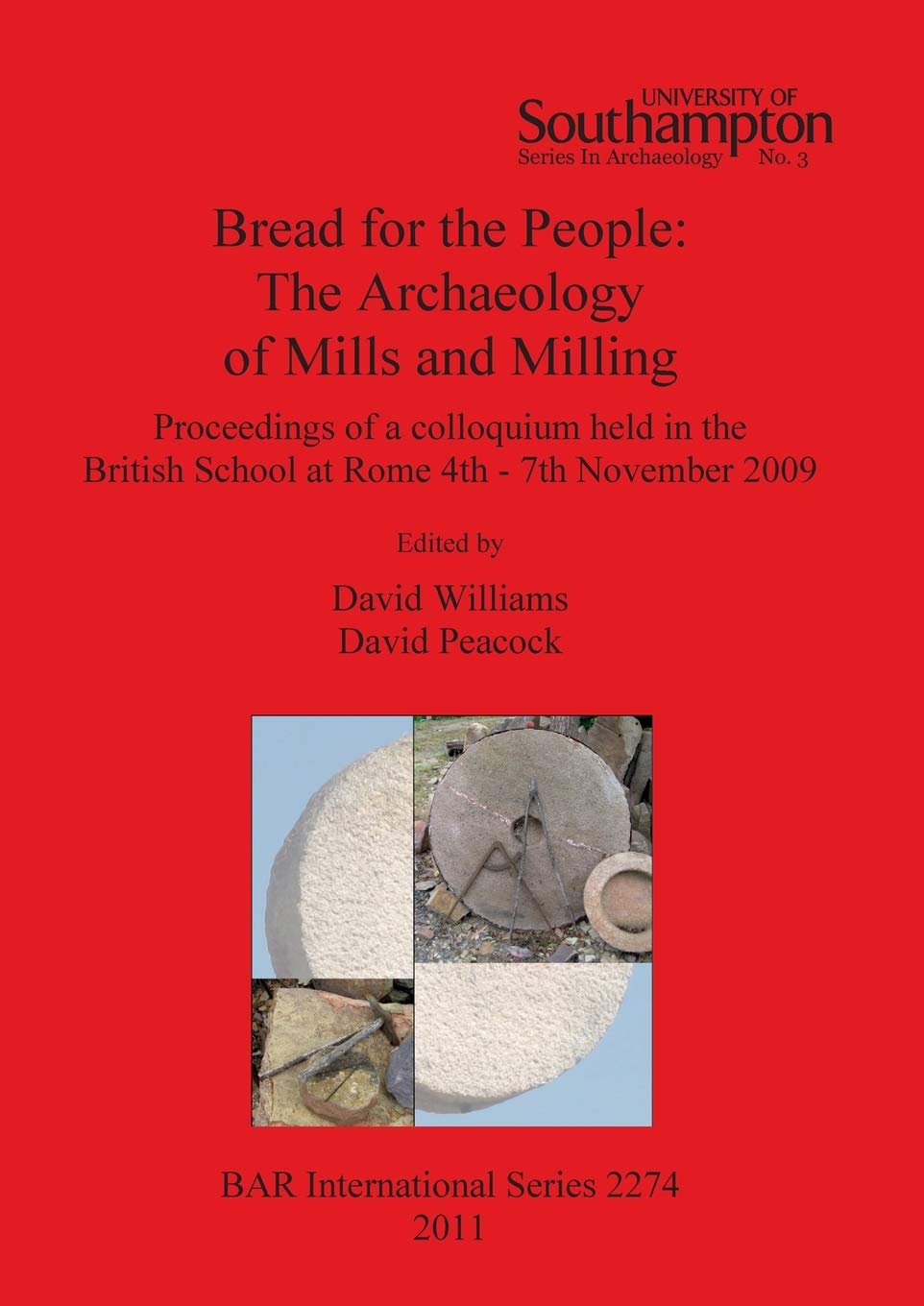Visualising the Invisible: re-discovering the ancient grinding stone quarries of the Aswan West Bank, Egypt

During the ‘QuarryScapes’ project a multi-disciplinary team of researchers returned to the Aswan West Bank silicified sandstone (quartzite) quarries with the objective of investigating the ornamental stone quarries and to characterise all the material culture associated with them. During these investigations it became clear that ornamental stone quarrying was a minor activity in comparison to 16,000 years of grinding stone production, from the Late Palaeolithic (18,400 – 18,100 BP) into the early Roman period (30 BC). This discovery has led to a complete revision of how we visualise archaeologically grinding stone quarries and their implications to understanding the early history and longevity of quarrying along the Aswan West Bank.
Bloxam, E. 2011. ‘Visualising the invisible: re-discovering the ancient grinding stone quarries of the Aswan West Bank, Egypt’. In D. Peacock and D. Williams (eds) Bread for the People: The Rome Colloquium. Archaeopress, 43-53.